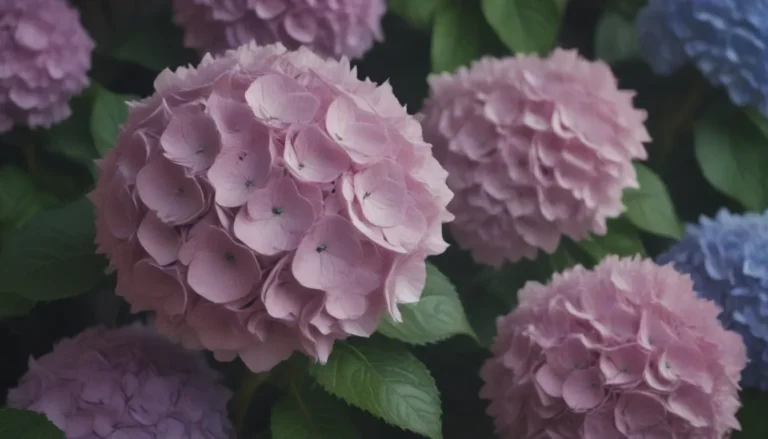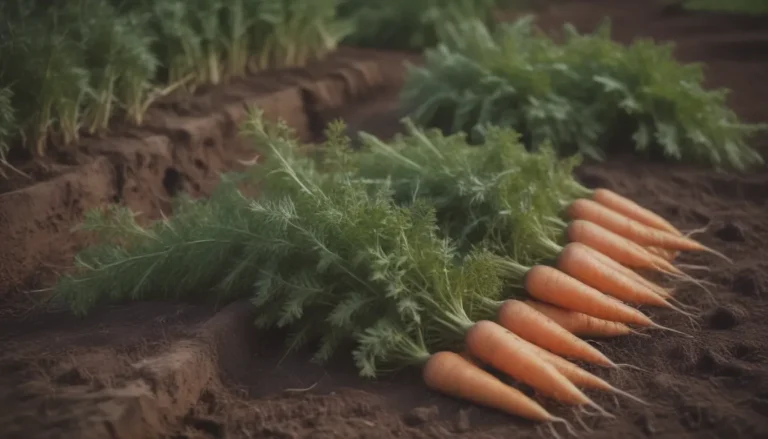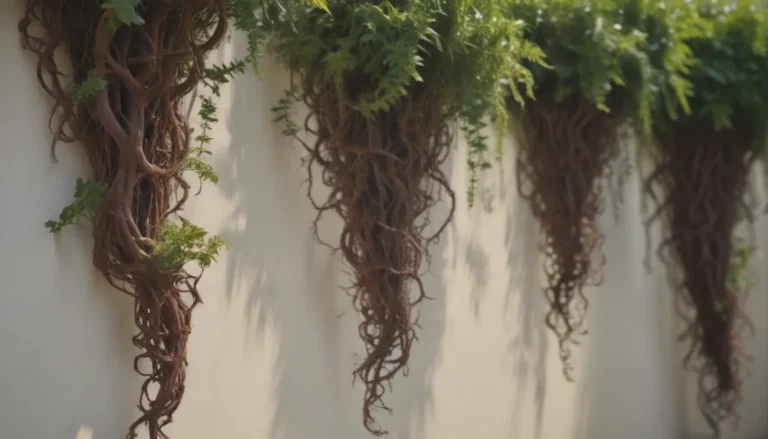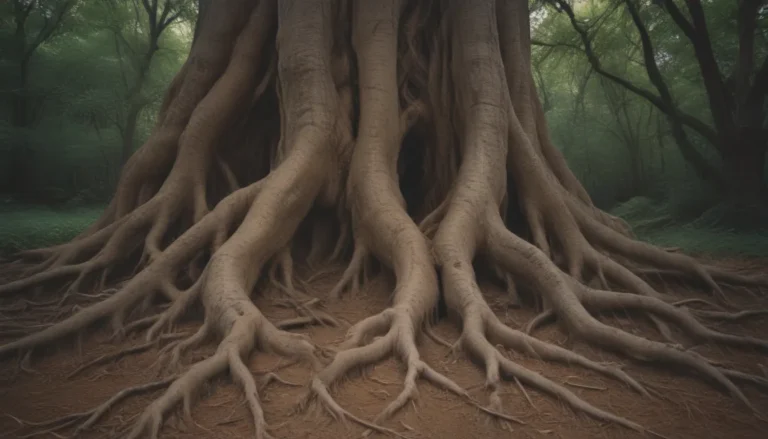Embarking on a Bonsai Journey: An In-Depth Look at Common Bonsai Tree Species

Are you interested in the ancient art of growing bonsai trees but not sure where to start? Fear not, as we delve into the world of bonsai and explore some common tree species that are perfect for beginners and seasoned enthusiasts alike. Bonsai is more than just a horticultural practice; it is a living art form that requires patience, skill, and dedication to cultivate miniature trees that resemble their full-sized counterparts. By employing various growing and training techniques such as heavy crown pruning, root pruning, and root confinement in shallow containers, one can create stunning bonsai trees that captivate the eye.
Exploring the World of Bonsai Tree Species
Bonsai Tree Species for Beginners
If you are new to the world of bonsai and are looking for beginner-friendly species to start your journey, consider these common bonsai tree species:
- Juniper: Junipers are popular as bonsai trees due to their small foliage and hardy nature. They are best grown outdoors in dry soil and can withstand aggressive pruning.
- Ficus: The ginseng ficus, a tropical bonsai tree species, is an excellent choice for beginners. It is hardy, forgiving, and thrives in warm climates and bright, indirect light.
- Japanese Red Maple: Japanese maples are known for their vibrant leaves that turn bright red, orange, or yellow in the fall. They require ample water, especially during the growing season.
- Chinese Elm: Chinese elms are easy to grow indoors or outdoors and have distinctive multi-colored bark. They require heavy pruning to maintain their rounded shape.
Popular Bonsai Tree Species
Beyond the beginner-friendly species, there are numerous popular tree and shrub varieties that make excellent bonsai specimens. Let’s explore some of these species and their unique characteristics:
Juniper (Juniperus spp.)
- Light: Junipers thrive in full sun and require at least six hours of direct sunlight daily.
- Water: Water juniper bonsai trees when the top inch of soil feels dry to the touch.
- Color Varieties: Junipers come in a variety of colors, including green, blue, and variegated varieties.
Pine (Pinus spp.)
- Light: Pines prefer full sun and can tolerate a wide range of soil conditions.
- Water: Water pine bonsai trees thoroughly, allowing the soil to dry out slightly between waterings.
- Color Varieties: Pine trees display green needles that can vary in length and texture, depending on the species.
Japanese Maple (Acer palmatum)
- Light: Japanese maples thrive in partial shade to full sun but require protection from harsh afternoon sun.
- Water: Japanese maples require consistent moisture, especially during the growing season.
- Color Varieties: Japanese maples feature red-burgundy or green leaves that turn vibrant shades of red, orange, or yellow in the fall.
Japanese Flowering Cherry (Prunus serrulata)
- Light: Flowering cherry trees prefer full sun to partial shade for optimal growth.
- Water: Cherry bonsai trees need regular watering to maintain their health and vigor.
- Color Varieties: Flowering cherry trees produce beautiful pink or white blossoms in the spring, adding a touch of elegance to any bonsai collection.
Cedar (Cedrus spp.)
- Light: Cedars thrive in full sun and well-draining soil to prevent root rot.
- Water: Water cedar bonsai trees sparingly to avoid waterlogged conditions.
- Color Varieties: Cedars exhibit rough, ragged bark and short needle clusters, creating a striking visual impact in bonsai displays.
Ginseng Ficus (Ficus microcarpa)
- Light: Ginseng ficus prefer bright, indirect light and can tolerate lower light conditions.
- Water: Water ficus bonsai trees when the soil surface feels dry to the touch.
- Color Varieties: Ginseng ficus trees feature unique-looking aerial roots and oval-shaped dark green leaves, adding visual interest to any bonsai collection.
Tips for Growing Healthy Bonsai Trees
- Choose the right potting mix: Bonsai trees thrive in a special bonsai soil mix that promotes good drainage and aeration.
- Provide adequate sunlight: Most bonsai tree species require at least six hours of direct sunlight daily to thrive.
- Water consistently: Develop a watering schedule based on the specific needs of your bonsai trees to prevent under or overwatering.
- Prune regularly: Pruning helps maintain the desired shape and size of your bonsai trees, promoting healthy growth and development.
- Monitor for pests and diseases: Keep an eye out for common bonsai pests and diseases and take prompt action to prevent infestations.
Conclusion
In conclusion, bonsai tree cultivation is a rewarding journey that allows you to create miniature works of art in the form of living trees. By selecting the right bonsai tree species for your skill level and preferences, you can embark on a fulfilling bonsai adventure filled with creativity and beauty. Whether you are a beginner looking for easy-to-grow species or an experienced enthusiast seeking new challenges, there is a bonsai tree species out there waiting for you to nurture it into a stunning masterpiece. Happy bonsai growing!





